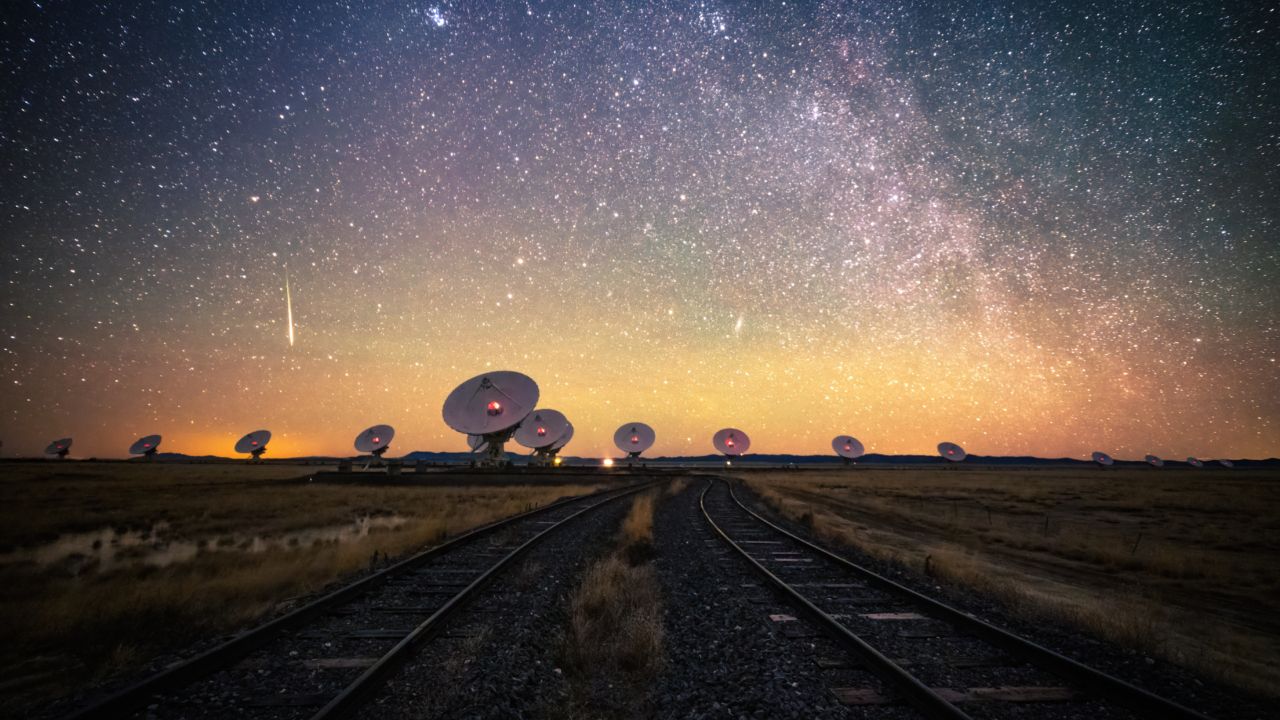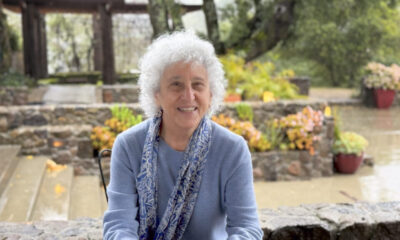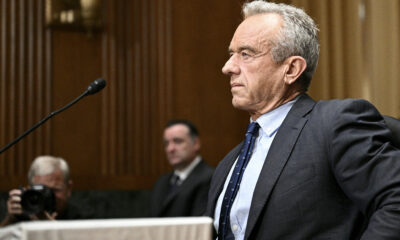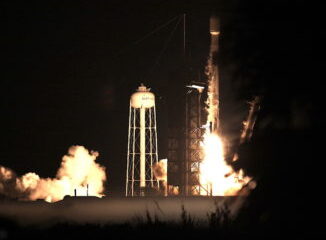Science
SpaceX and Astronomers Team Up to Safeguard Radio Observations

SpaceX has collaborated with American radio astronomers to establish an automated data-sharing system designed to protect radio telescopes from interference caused by satellites in low Earth orbit (LEO). This initiative aims to preserve the integrity of astronomical observations, particularly as satellite networks like SpaceX’s Starlink expand their reach.
The Starlink constellation has revolutionized internet access in remote areas but has also introduced challenges for radio astronomy. High-speed internet satellites can disrupt the sensitive measurements conducted by radio telescopes, which are crucial for detecting faint signals from distant cosmic phenomena, including black holes and neutron stars. Astronomers at the Square Kilometre Array Observatory (SKAO), spanning Australia and South Africa, have expressed concerns that interference from LEO satellites could obscure vital signals that might indicate extraterrestrial life and hinder observations of the earliest galaxies.
To address these challenges, the U.S. National Radio Astronomy Observatory (NRAO) has invested three years in developing a solution. This partnership with SpaceX has resulted in a sophisticated data-sharing system that provides real-time information about scheduled telescope observations, including the specific frequencies being utilized. As satellites approach the telescopes, this system instructs them to redirect their signals or mute their transmissions.
“The good news is that it’s autonomous on both sides,” said Chris De Pree, deputy spectrum manager at the NRAO, in a statement to Space.com. The system, which includes the Operational Data Sharing (ODS) component and the Starlink Telescope Boresight Avoidance algorithm, has been operational at the Very Large Array (VLA) in New Mexico since August 2024. Further tests are planned at additional facilities, such as the Very Long Baseline Array and the Green Bank Telescope in West Virginia.
The VLA, located near Socorro, comprises 28 radio antennas, each measuring 82 feet (25 meters) wide. Since its construction in the 1970s, it has contributed significantly to our understanding of cosmic phenomena. However, astronomers noted a potential crisis for observations soon after the first Starlink satellites were launched in 2019.
“For decades, radio astronomers have situated telescopes at remote locations to avoid radio frequency interference,” De Pree explained. “We anticipated some level of interference, but the advent of satellite constellations has introduced thousands of potential interference sources directly above us.”
Cosmic radio waves, which travel vast distances across millions of light-years, are inherently faint compared to terrestrial radio signals used for broadcasting and communications. Because of this, radio telescopes are typically established in radio-quiet zones where electronic transmissions are minimized. Unfortunately, satellites are not restricted from flying over these protected areas, and De Pree noted that hundreds of satellites pass over the VLA daily.
“Nowhere is remote anymore,” he remarked, emphasizing the growing challenge for astronomers.
The situation is expected to worsen as satellite launches continue. When SpaceX initiated its Starlink program in 2019, approximately 3,000 satellites were in orbit. That number has surged to over 8,000 operational satellites today, contributing to a total of more than 15,000 satellites currently circling Earth. SpaceX aims to expand this fleet to over 40,000 satellites in the next decade. Other companies, including Amazon with its Project Kuiper, are also developing satellite networks, raising the prospect of over 100,000 satellites in orbit by 2030, which could drastically increase interference for radio astronomy.
Recognizing this impending crisis, the NRAO reached out to SpaceX in 2021 to discuss potential solutions. “Radio telescope electronics are very sensitive; they weren’t developed to handle such strong signals as those produced by satellites,” De Pree noted. “It’s akin to someone yelling in your ear, and this noise often affects not only the specific frequency bands but also a broader spectrum.”
In the 1950s, the International Telecommunication Union designated specific portions of the radio spectrum for radio astronomy, prohibiting other users from broadcasting in these bands. However, the proliferation of satellites has increasingly encroached upon these reserved frequencies. Moreover, astronomical sources emit radiation beyond these protected bands, compelling radio astronomers to constantly search for signals in other frequency ranges.
“The challenge for radio astronomy is that many spectrum regions that were once quiet are now filled with transmissions,” De Pree stated. “As we lose access to these frequencies, the time required to complete observations increases.”
Moving forward, De Pree is optimistic that the new data-sharing system can be adapted for other major radio telescopes globally. He hopes that not only other observatories but also additional satellite operators will implement similar technologies, fostering a coexistence between radio astronomy and internet satellite networks.
-

 Technology5 months ago
Technology5 months agoDiscover the Top 10 Calorie Counting Apps of 2025
-

 Health2 months ago
Health2 months agoBella Hadid Shares Health Update After Treatment for Lyme Disease
-

 Health3 months ago
Health3 months agoErin Bates Shares Recovery Update Following Sepsis Complications
-

 Technology4 months ago
Technology4 months agoDiscover How to Reverse Image Search Using ChatGPT Effortlessly
-

 Technology1 month ago
Technology1 month agoDiscover 2025’s Top GPUs for Exceptional 4K Gaming Performance
-

 Technology2 months ago
Technology2 months agoElectric Moto Influencer Surronster Arrested in Tijuana
-

 Technology5 months ago
Technology5 months agoMeta Initiates $60B AI Data Center Expansion, Starting in Ohio
-

 Technology5 months ago
Technology5 months agoRecovering a Suspended TikTok Account: A Step-by-Step Guide
-

 Health4 months ago
Health4 months agoTested: Rab Firewall Mountain Jacket Survives Harsh Conditions
-

 Lifestyle5 months ago
Lifestyle5 months agoBelton Family Reunites After Daughter Survives Hill Country Floods
-

 Technology4 months ago
Technology4 months agoHarmonic Launches AI Chatbot App to Transform Mathematical Reasoning
-

 Technology3 months ago
Technology3 months agoUncovering the Top Five Most Challenging Motorcycles to Ride





















